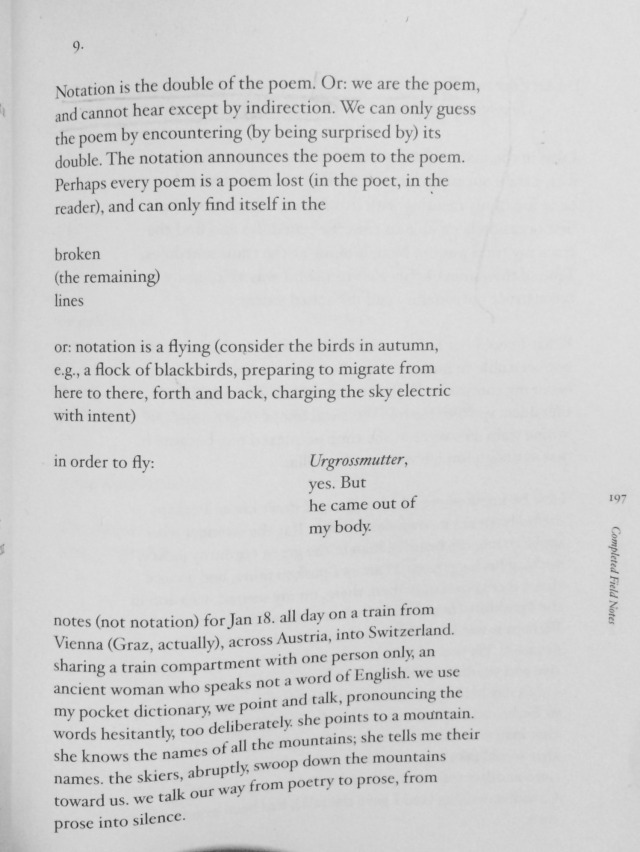

It's tricky and confusing, because there's magic in C that converts a 0 written in your code to the right kind of null pointer when you need it, even if your target platform doesn't actually represent null pointers as all zero bits. Using calloc() to reserve memory for pointers does not guarantee that the pointers will be null pointers.This can help you when you're looking for actual memory leaks elsewhere in your code. At the end of your program, it's normally safe to just abandon it, but you may still find it helpful when debugging to at least have the option to clean up. You should normally free() the memory allocated by malloc() or calloc().

I'll assume that's just to keep your question short, but remember that this kind of error checking is very important in C - if you don't check, your program will most likely fail in a mysterious and baffling manner. You didn't check the return values of any of the functions you called to see if they reported errors.Then you print the string to do this you pass the same pointer (the second of the ten pointers you allocated) to printf(). It will write to the pointed-to char, and subsequent ones, finishing with the NUL character to mark the end of the string: strcpy_s(pWords, 10, "Test sent") Now, you pass that second pointer as the target parameter to strcpy_s(). PWords = malloc(10) /* this is exactly equivalent, and more idiomatic */ Next, you point the second of those 10 pointers to point to some new memory: *(pWords + 1) = malloc(10) Here, you've created an array of 10 pointers to pointer-to-char (which you will be using to address 10 strings). You allocate memory: char** pWords = calloc(10, sizeof(char*)) The end of the string is, as you know, indicated by a NUL character.

Strings aren't really first-class citizens in C, so we have a convention of referring to them using a pointer to the first character. It's easy to get in a confused state when dealing with strings in C. Then just using one " * " symbol would refer to this pointer, right? Then what would pWord point to when it was initialized to : calloc(10, sizeof(char*))?Īnd why would *(pWords + 1) be used to access the contents of the pointer that was declared with two levels of indirection **? Shouldn't it be **(pWords + 1)? (I have supposed it to be pointer for instance. I basically am not understanding the part involving the levels of indirection and the pointers:įirst of all pWords is declared as a pointer to a pointer. I have interpreted the memory allocation as: +-+-+-+-+. The output from this is: The string is: Test sent Printf("The string is: %s", *(pWords + 1)) Dear wise stackexchangers, I've put myself upto 8 hours of continuous thinking but can't still figure out the correct interpretation of the following code: #define _STDC_WANT_LIB_EXT1_ 1Ĭhar** pWords = calloc(10, sizeof(char*))


 0 kommentar(er)
0 kommentar(er)
